Impact Performance of a Plate Structure with Coconut-Inspired Microchannels
Abstract
:1. Introduction
2. Literature Review
- (a)
- We designed a complete set of morphological parameters to describe microchannels inside coconut shells.
- (b)
- A series of statistical analyses were conducted in a dimensionless way to reveal the intrinsic geometric relationships of microchannels with respect to the thickness of the coconut shells.
- (c)
- We created the first coconut-inspired plate structure with embedded microchannels.
- (d)
- Our numerical simulations elucidate the improvement of a coconut-inspired plate in mechanical impact performance compared to the conventional plate structure.
3. X-Ray CT Analysis of Coconut Shell Samples
- (a)
- Especially at places near the top horizontal cross-section, the microchannels go vertically in the z direction (not in a horizontal plane). This helps maintain the structural integrity of coconut shells.
- (b)
- At the middle layers, the channels are smoothly shaped, i.e., there is no sharp corner or edge for stress concentration.
- (c)
- At the middle layers, the channels are not located in any particular layer. In other words, different segments of the channels stay at the different middle layers. In this way, the structural weakening due to microchannels becomes minimum.
- (d)
- “Horizontal Middle 1” shows (1) branching patterns, (2) small sine curve patterns, and (3) half horizontal and half vertical patterns.
- (e)
- “Horizontal Middle 2” demonstrates three or four branch patterns.
- (f)
- “Horizontal Middle 3” depicts a neural network pattern.
- (g)
- At places near the bottom layer, there are more segments of channels in the horizontal layer, compared to the vertical direction. This may be because the bottom layer is relatively far from the top layer where an impact force is loaded directly in an impact event.
- (a)
- The channel density is quite uniform from the top surface to the bottom surface of the coconut shells.
- (b)
- The cross-sectional shape of the microchannels can be described as an ellipse.
- (c)
- Smaller channels tend to take a circular shape, while larger channels are of elliptical shape.
- (d)
- The long axis of microchannels is roughly perpendicular to the direction of surface normal of the coconut shells.
- (1)
- The lengths of long and short half-axes of an ellipse representing a microchannel, (mm) and (mm)
- (2)
- A ratio of to
- (3)
- An average radius of a channel, (mm)
- (4)
- Thickness of coconut shell, t (mm)
- (5)
- A ratio of to t
- (6)
- Distance from the top surface to the location of a channel, (mm)
- (7)
- A ratio of to t
- (8)
- Amplitude, a (mm), and period, T (mm), of a microchannel in the form of a sine curve
- (9)
- A ratio of a to T
- (10)
- A ratio of T to t
4. Bio-Inspired Design of Coconut Composites
5. Dynamic Impact Simulation and Discussion
6. Industrial Applications
7. Conclusions and Future Perspective
- (a)
- We digitally uncover a network of microchannels inside coconut shells as one underlying reason for the high-impact performance of coconuts.
- (b)
- We designed five dimensionless ratios to describe the intrinsic geometric relation between microchannels and the thickness of coconut shells. These dimensionless parameters are scale-invariant and will therefore facilitate coconut-inspired designs.
- (c)
- The cross-section of microchannels is approximated by an ellipse. A series of statistical analyses reveal the mean values of microchannel morphology with respect to coconut shell thickness.
- (d)
- In addition, we numerically demonstrate the significant improvement (about 40%) in reducing the impact acceleration with a coconut-inspired plate. The design patterns of microchannels can be potentially applied in various applications.
Author Contributions
Funding
Acknowledgments
Conflicts of Interest
References
- Romli, F.I.; Alias, A.N.; Rafie, A.S.M.; Majid, D.L.A.A. Factorial study on the tensile strength of a coir fiber-reinforced epoxy composite. AASRI Procedia 2012, 3, 242–247. [Google Scholar] [CrossRef]
- Monteiro, S.N.; Terrones, L.A.H.; D’Almeida, J.R.M. Mechanical performance of coir fiber/polyester composites. Polym. Test. 2008, 27, 591–595. [Google Scholar] [CrossRef]
- Misra, R.K.; Kumar, S.; Sandeep, K.; Misra, A. Some experimental and theoretical investigations on fire retardant coir/epoxy micro-composites. J. Thermoplast. Compos. Mater. 2007, 21, 1–32. [Google Scholar] [CrossRef]
- Harish, S.; Michael, D.P.; Bensely, A.; Mohan, L.D.; Rajadurai, A. Mechanical property evaluation of natural fiber coir composite. Mater. Charact. 2009, 60, 44–49. [Google Scholar] [CrossRef]
- Kumar, M.; Venkata, N.; Reddy, G.; Naidu, V.; Rani, S.; Subha, M.C. Mechanical properties of coir/glass fiber phenolic resin based composites. J. Reinf. Plast. Compos. 2009, 28, 2605–2613. [Google Scholar] [CrossRef]
- Wong, K.J.; Nirmal, U.; Lim, B.K. Impact behavior of short and continuous fiber-reinforced polyester composites. J. Reinf. Plast. Compos. 2010, 29, 3463–3474. [Google Scholar] [CrossRef]
- Rout, J.; Misra, M.; Tripathy, S.S.; Nayak, S.K.; Mohanty, A.K. The influence of fibre treatment on the performance of coir-polyester composites. Compos. Sci. Technol. 2001, 61, 1303–1310. [Google Scholar] [CrossRef]
- Rajini, N.; Jappes, J.T.; Rajakarunakaran, S.; Jeyaraj, P. Mechanical and free vibration properties of montmorillonite clay disperses with naturally woven coconut sheath composite. J. Reinf. Plast. Compos. 2012, 31, 1364–1376. [Google Scholar] [CrossRef]
- Sindhu, K.; Joseph, K.; Joseph, J.M.; Mathew, T.V. Degradation studies of coir fiber/polyster and glass fiber/polyester composites under different conditions. J. Reinf. Plast. Compos. 2007, 26, 1571–1585. [Google Scholar] [CrossRef]
- Rimdusit, S.; Damrongsakkul, S.; Wongmanit, P.; Saramas, D.; Tiptipakorn, S. Characterization of coconut fiber-filled polyvinyl chloride/acrylonitrile styrene acrylate blends. J. Reinf. Plast. Compos. 2011, 30, 1691–1702. [Google Scholar] [CrossRef]
- Santos, E.F.; Mauler, R.S.; Nachtigall, S.M.B. Effectiveness of maleated- and silanized-PP for coir fiber-filled composites. J. Reinf. Plast. Compos. 2009, 28, 2119–2128. [Google Scholar] [CrossRef]
- Haque, M.; Islam, N. A study on the mechanical properties of urea-treated coir reinforced polypropylene composites. J. Thermoplast. Compos. Mater. 2013, 26, 139–155. [Google Scholar] [CrossRef]
- Sharma, S.C.; Krishna, M.; Narasimhamurthy, H.N.; Sanjeevamurthy, G. Studies on the weathering behavior of glass coir polypropylene composites. J. Reinf. Plast. Compos. 2006, 25, 925–932. [Google Scholar] [CrossRef]
- Aireddy, H.; Mishra, S.C. Tribological behavior and mechanical properties of bio-waste reinforced polymer matrix composites. J. Metall. Mater. Sci. 2011, 53, 139–152. [Google Scholar]
- Salmah, H.; Marliza, M.; The, P.L. Treated coconut shell reinforced unsatured polyester composites. Int. J. Eng. Technol. 2013, 13, 94–103. [Google Scholar]
- Gludovatz, B.; Walsh, F.; Zimmermann, E.A.; Naleway, S.E.; Ritchie, R.O.; Kruzic, J.J. Multiscale structure and damage tolerance of coconut shells. J. Mech. Behav. Biomed. Mater. 2017, 76, 76–84. [Google Scholar] [CrossRef]
- Hassan, M.; Ali, L.; Hyodo, M. Strenght of soft clay reinforced with 10 mm single crushed coconut shell (CCS) column. Int. J. Geomate 2019, 17, 353–359. [Google Scholar]
- Schmier, S.; Hosoda, N.; Speck, T. Hierarchical structure of the Cocos nucifera (coconut) endocarp: Functional morphology and its influence on fracture toughness. Preprints 2019, 2019120057, 1–19. [Google Scholar]
- Ha, N.S.; Lu, G.; Xiang, X. High energy absorption efficiency of thin-walled conical corrugation tubes mimicking coconut tree configuration. Int. J. Mech. Sci. 2018, 148, 409–421. [Google Scholar] [CrossRef]
- Akampumuza, O.; Wambua, P.M.; Ahmed, A.; Li, W.; Qin, X. Review of the applications of biocomposites in the automotive industry. Polym. Compos. 2016, 38, 2553–2569. [Google Scholar] [CrossRef]
- Malnati, P. Recycled waste products get new life as lightweight, cost-effective auto parts. Plast. Eng. 2018, 74, 18–25. [Google Scholar] [CrossRef]
- Broudy, B. Coconut husks make for a stronger, lighter paddleboard. Pop. Sci. 2013. Available online: https://www.popsci.com/gadgets/article/2013-07/coconut-husks-make-stronger-lighter-paddleboard/ (accessed on 31 December 2019).

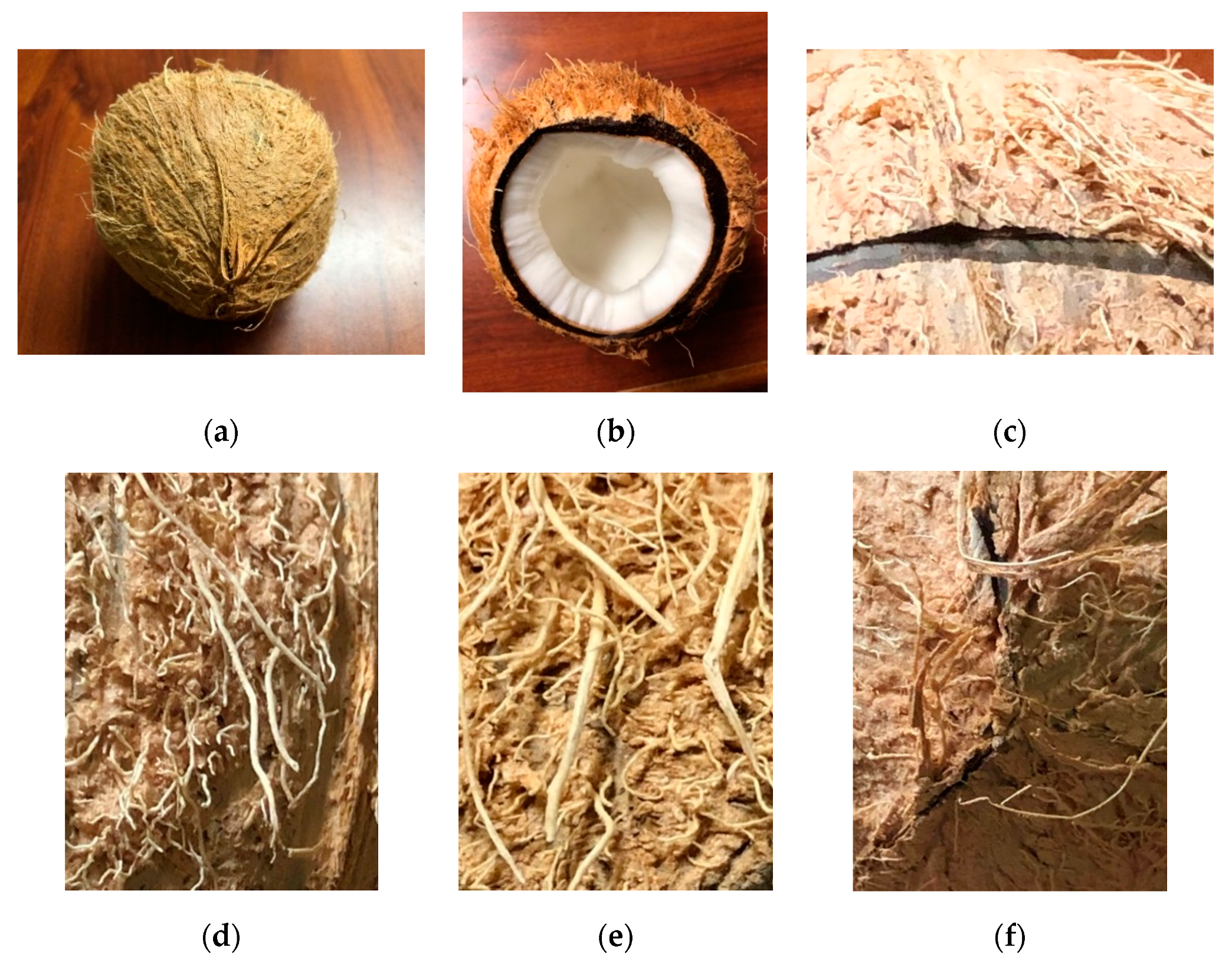
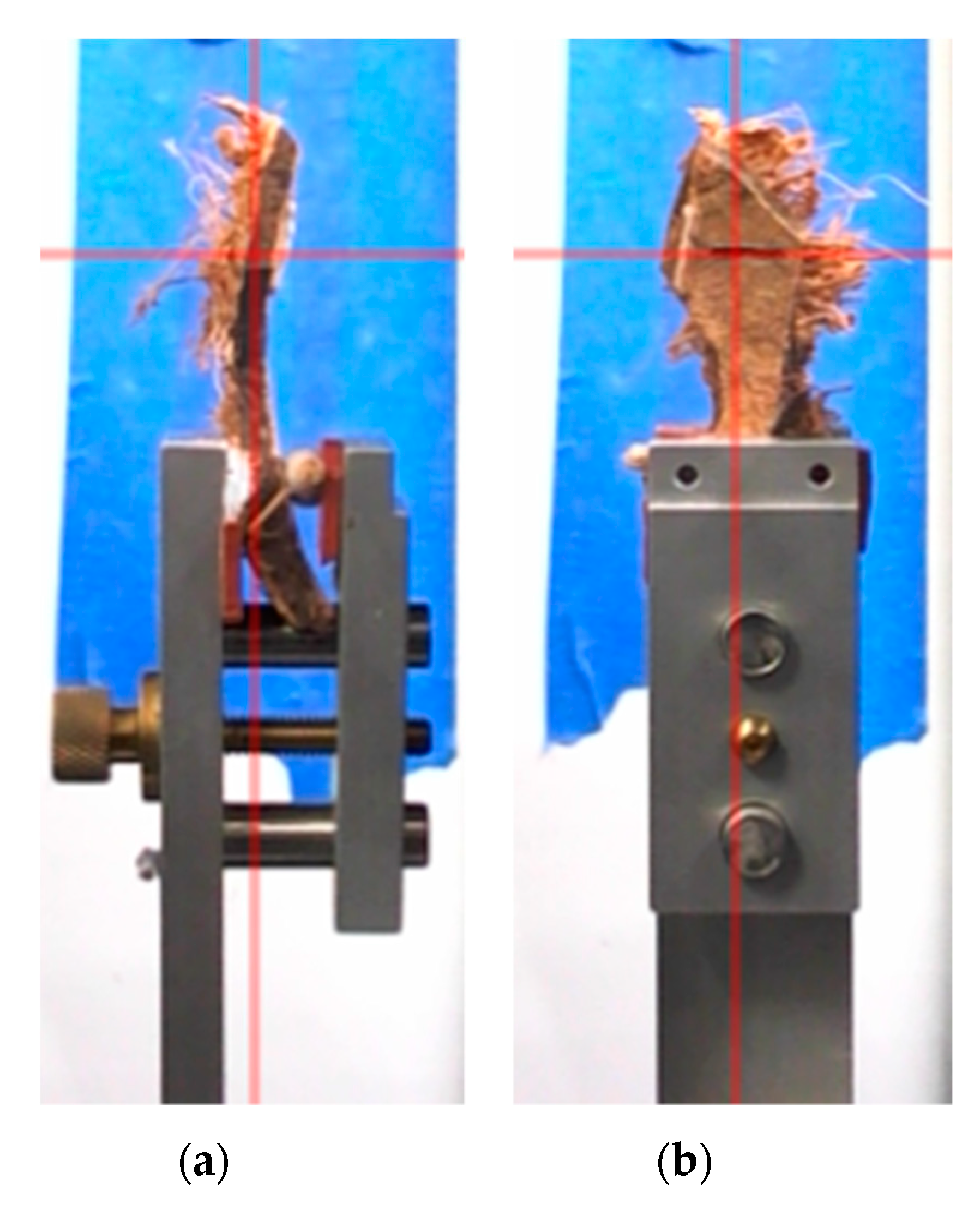
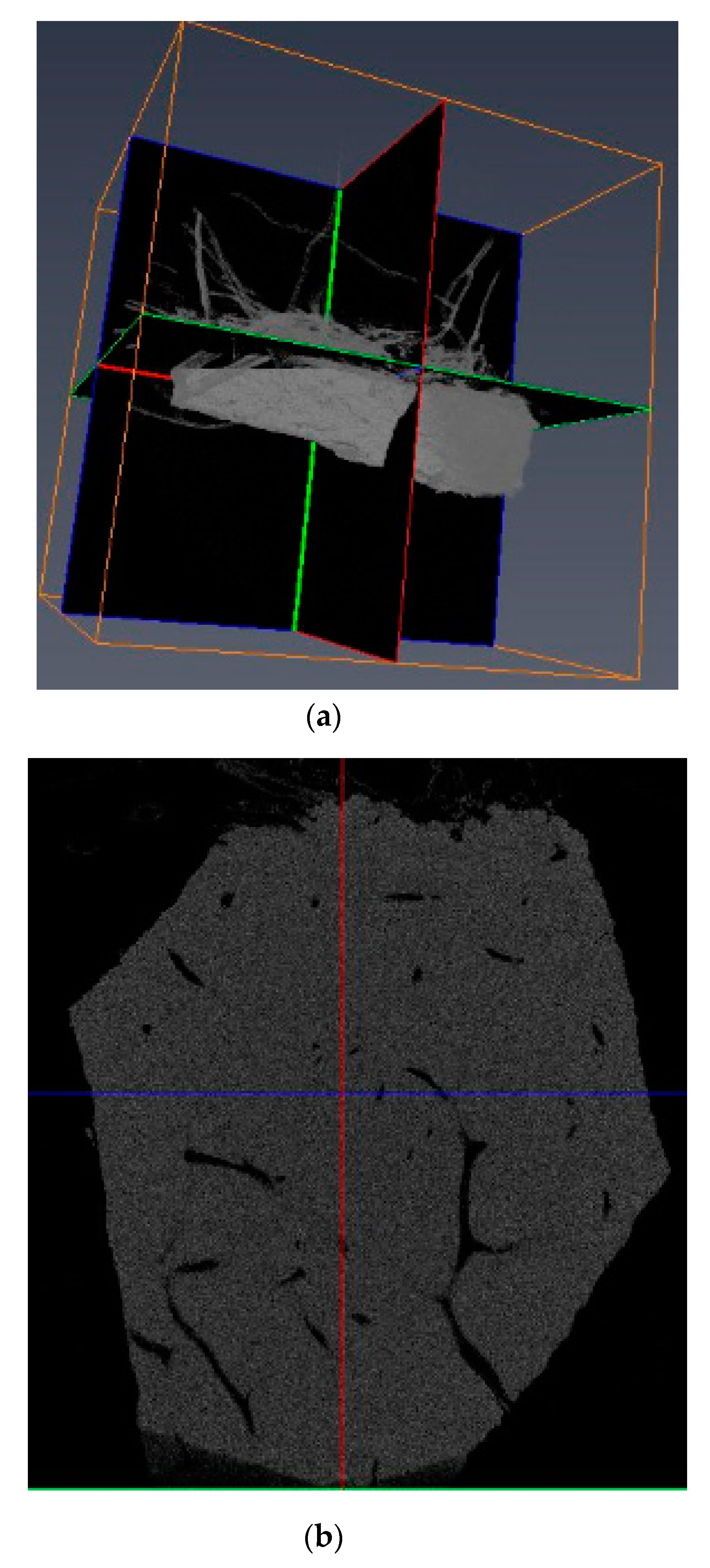


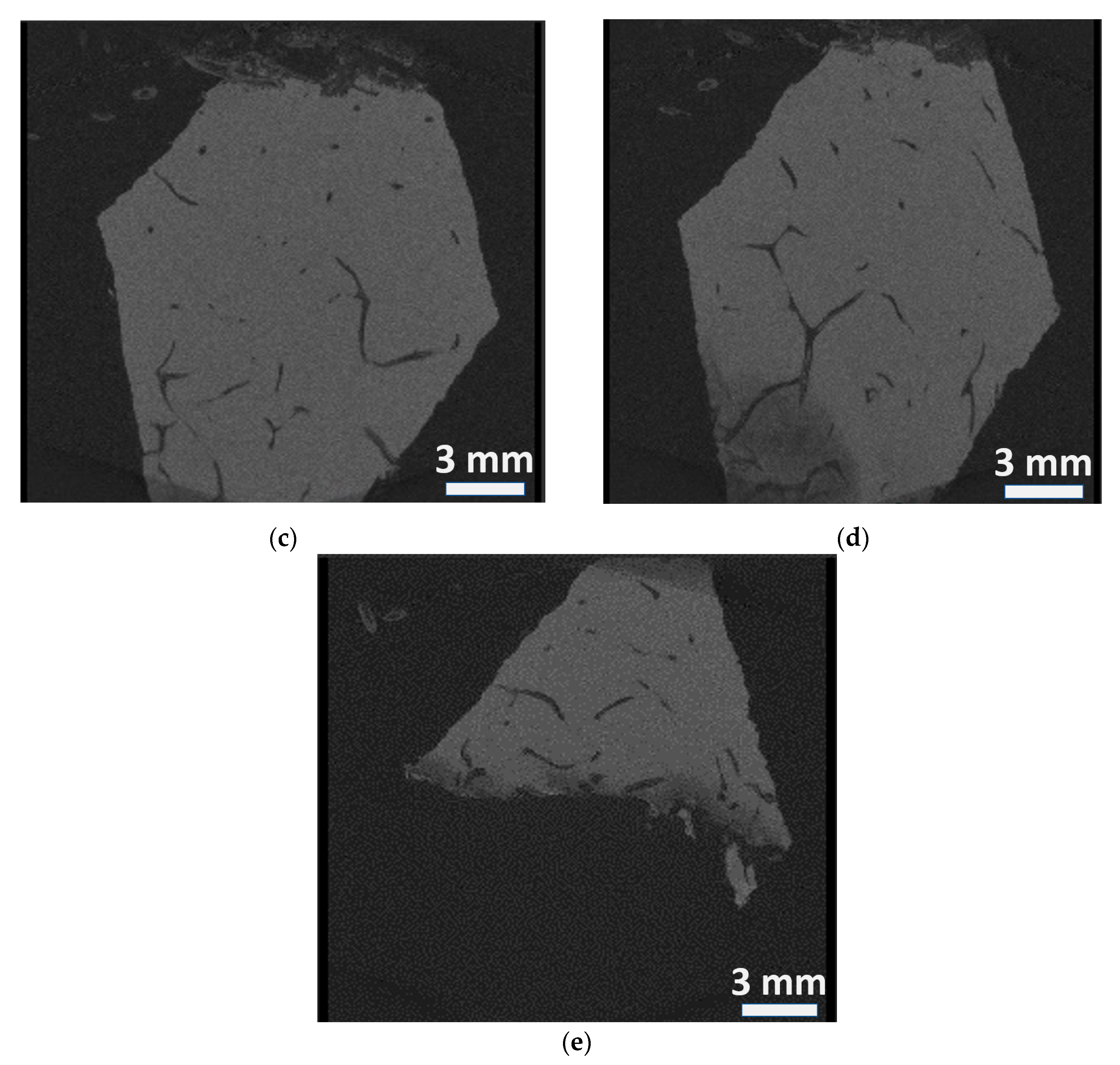

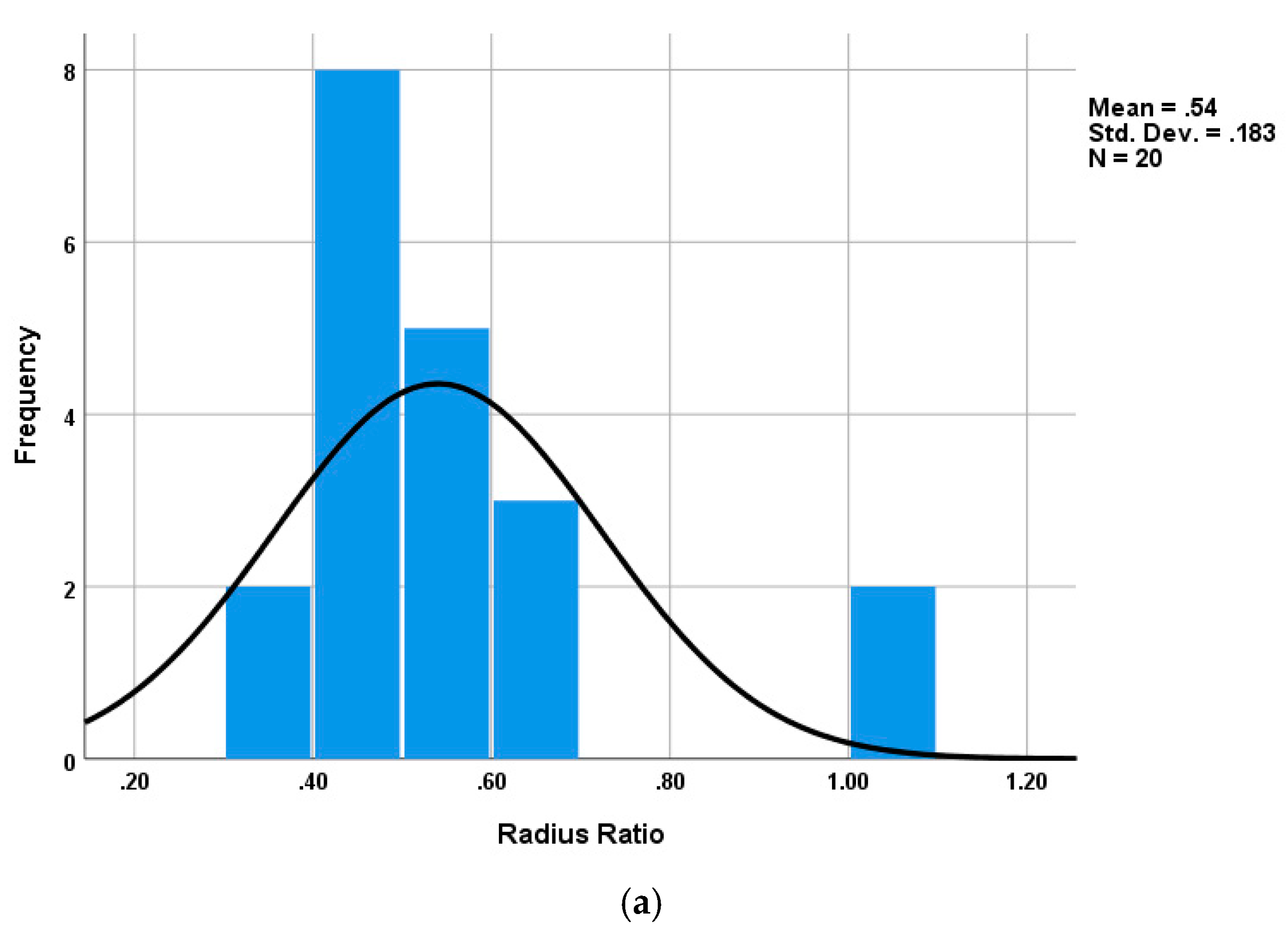

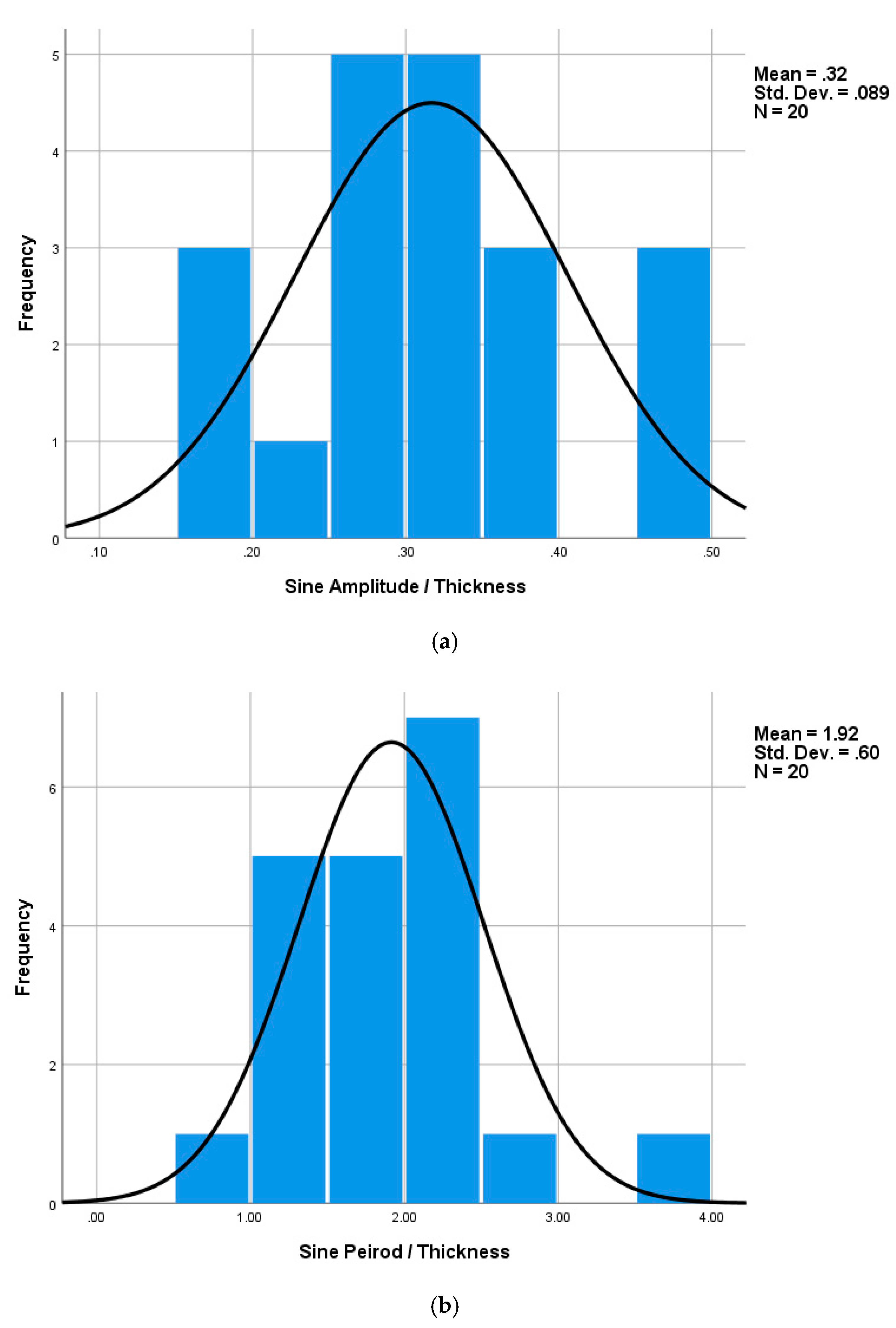
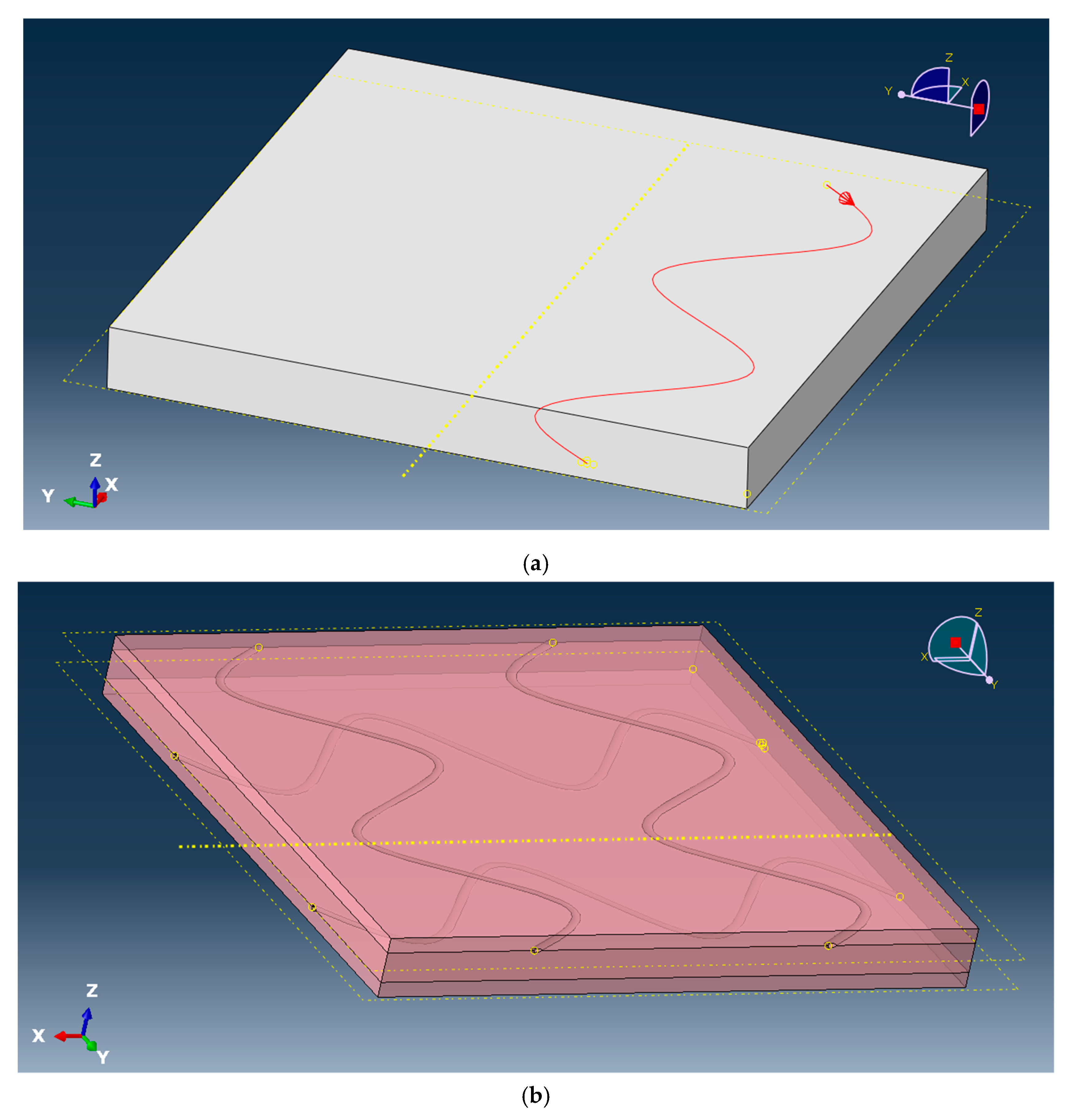

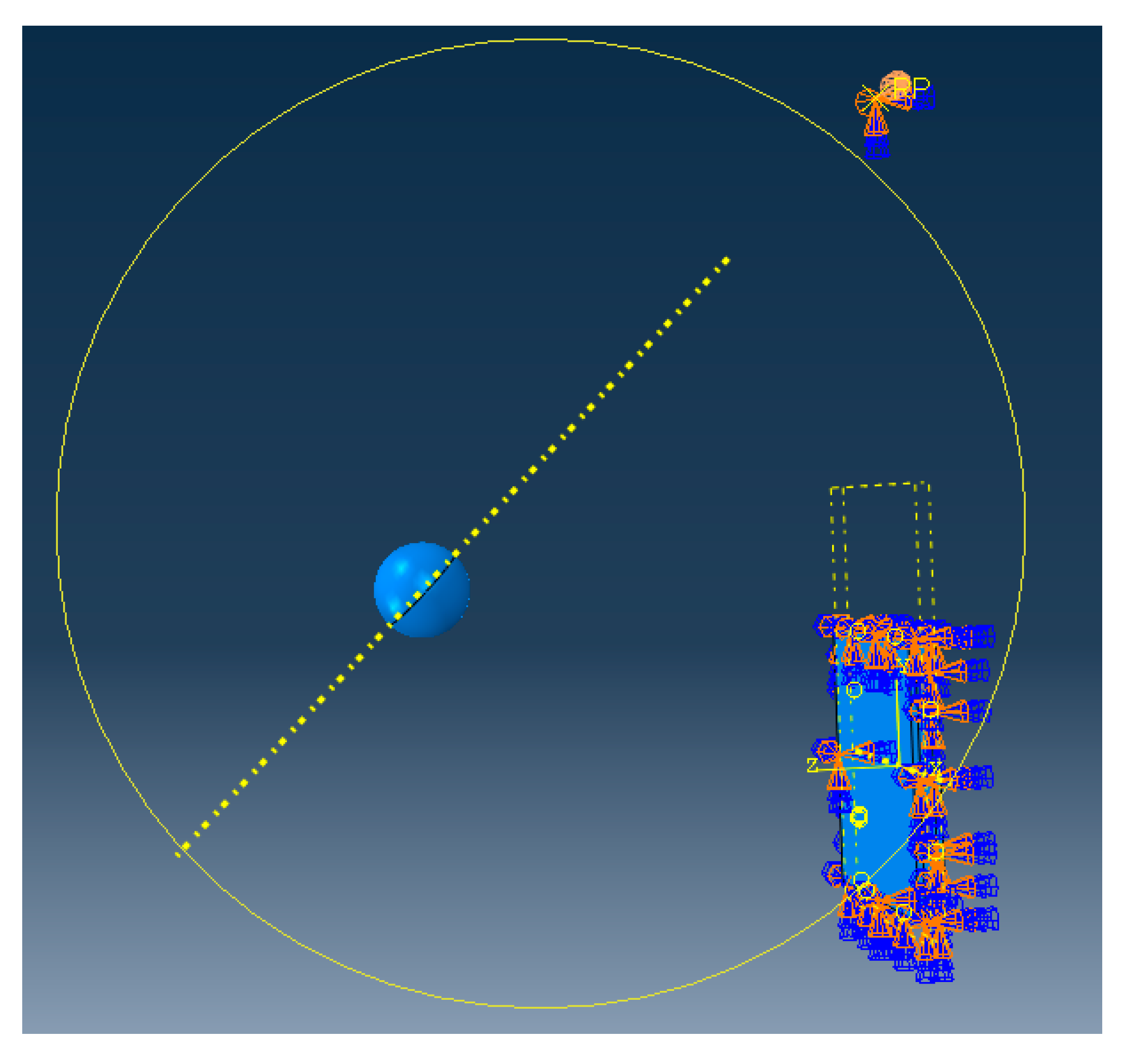
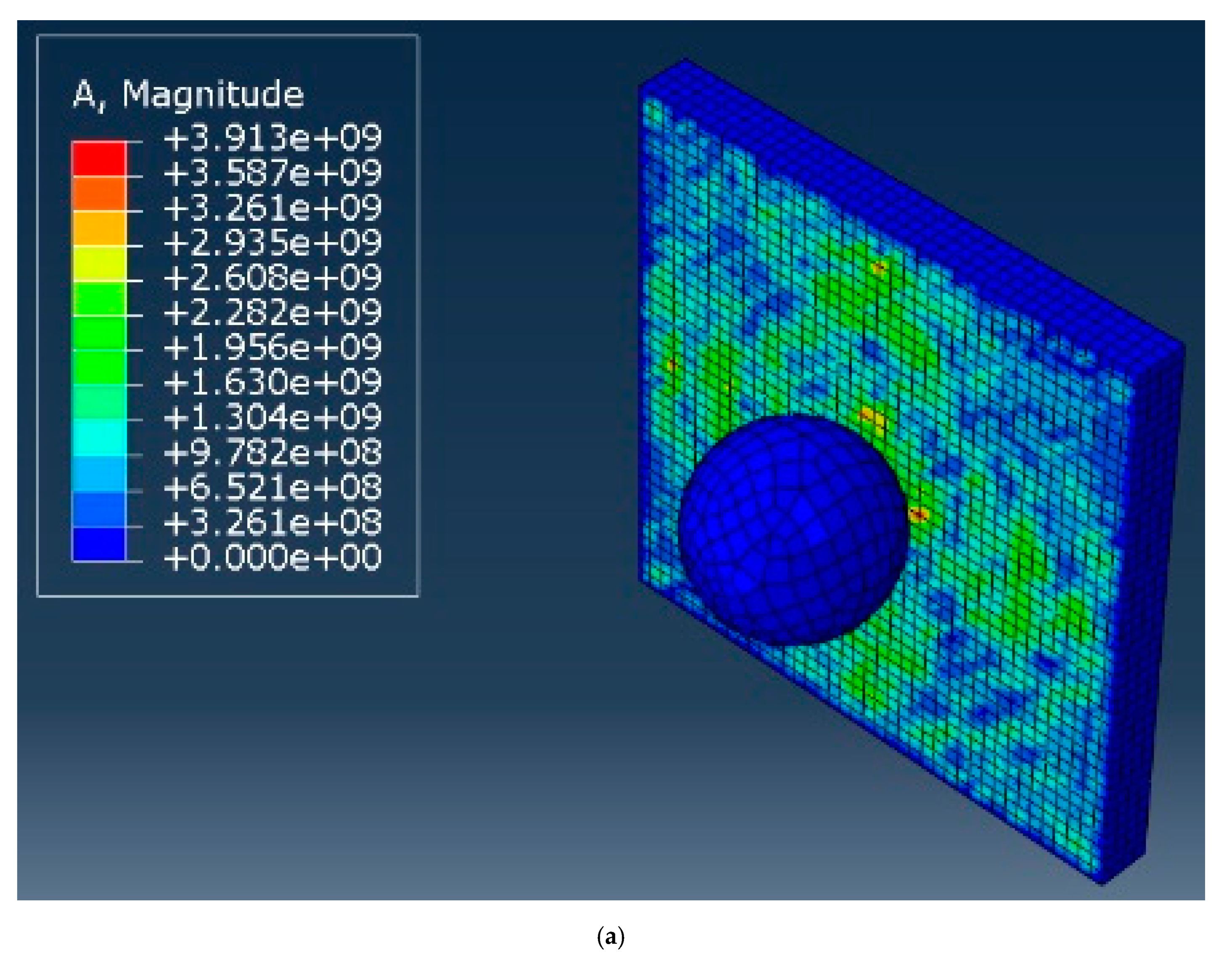


© 2020 by the authors. Licensee MDPI, Basel, Switzerland. This article is an open access article distributed under the terms and conditions of the Creative Commons Attribution (CC BY) license (http://creativecommons.org/licenses/by/4.0/).
Share and Cite
Shen, J.; Flores, M.; Sharits, A. Impact Performance of a Plate Structure with Coconut-Inspired Microchannels. Appl. Sci. 2020, 10, 355. https://doi.org/10.3390/app10010355
Shen J, Flores M, Sharits A. Impact Performance of a Plate Structure with Coconut-Inspired Microchannels. Applied Sciences. 2020; 10(1):355. https://doi.org/10.3390/app10010355
Chicago/Turabian StyleShen, Jie, Mark Flores, and Andrew Sharits. 2020. "Impact Performance of a Plate Structure with Coconut-Inspired Microchannels" Applied Sciences 10, no. 1: 355. https://doi.org/10.3390/app10010355
APA StyleShen, J., Flores, M., & Sharits, A. (2020). Impact Performance of a Plate Structure with Coconut-Inspired Microchannels. Applied Sciences, 10(1), 355. https://doi.org/10.3390/app10010355



